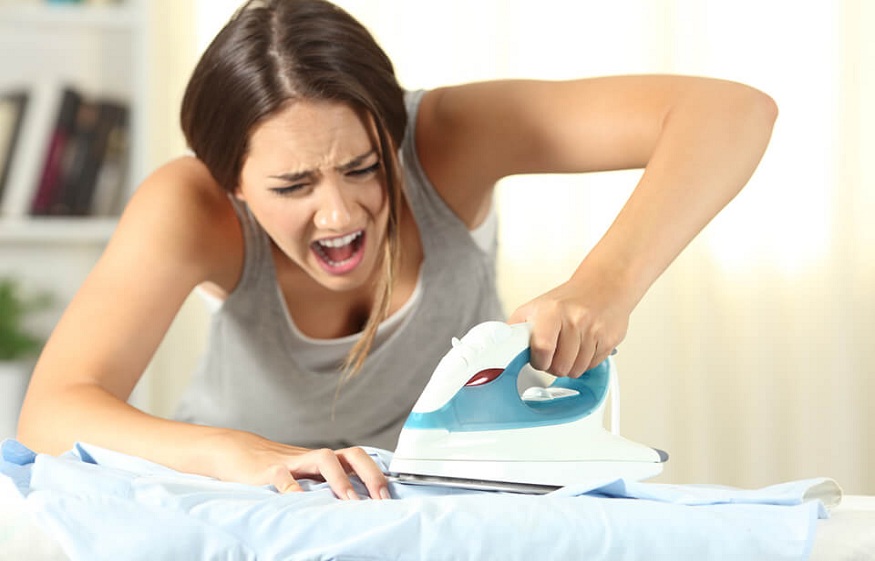In everyday life, it often happens that you injure yourself slightly while cutting fruit, burning yourself on a hot baking sheet or scratching your skin during a fall in the street. Most often, in the case of minor injuries, it is not necessary to consult a doctor. But the right treatment is important so that the healing process can go as smoothly as possible.
Boy with a Knee Bandage: It is important to treat wounds well, even the smallest.
Whether it is abrasions or cuts, the skin’s natural protective barrier is interrupted. Germs can enter easily and infection is possible. Adequate care can counter this phenomenon and promote wound healing. But unlike in the past, today wounds are no longer allowed to heal in the open. In modern wound care, wounds on the skin are first gently cleaned, disinfected and then covered, as a moist environment promotes wound regeneration.
The management of a wound caused by a scratch or a cut systematically takes place in three stages.
Clean Up
Before treating the wound, wash your hands well. Then clean the wound with a clean, dry cloth or rinse it with lukewarm to cold running water. Finally, carefully dab the area to dry it. In the event that large enough foreign objects, such as shards of glass, are lodged in the wound, leave them in place and consult a doctor. The same applies if the wound is heavily soiled. You can carefully remove small gravel and shards of glass or wood using tweezers.
Disinfect
The second step in wound management is disinfection. After having cleaned the wound and having rid it of coarse dirt, it is now a question of treating it with a disinfectant vulnerary spray (germicide). The latter attacks pathogens that may have entered the wound.
Cover
At the end of this procedure, cover the wound. Otherwise, there is a risk that dirt and germs will seep into the wound or that the wound closed on the surface will reopen by carelessness. Depending on the type and size of the wound, you can choose between different dressings to treat the wound: adhesive plaster, sterile compresses or gauze bands.
Treat small wounds yourself
The treatment of a small wound differs depending on whether it is a cut, burn or scrape.
Wound treatment
Other tips on wound care
Girl covering her wound with a bandage
even if it is frightening at first, it is advisable first to let a wound “bleed” briefly. This gives it time to evacuate germs, which decreases the risk of infection. A compression bandage can then be applied to stop the bleeding in the event of heavy bleeding. For this, a compress is used, for example. If the wound continues to bleed despite the pressure dressing, it is recommended to see a doctor.
It is especially children who often get abrasions. Wound care can be difficult if the little ones are afraid it will hurt more. It is often useful to explain each step in detail to the child and to let him know that he may have a little pain temporarily, but that he will recover sooner afterwards. Older children can be involved in care by asking them, for example, to stick the dressing themselves. Children’s dressings with colorful patterns will console them and give them a good mood.

